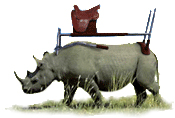 simone berti
simone berti
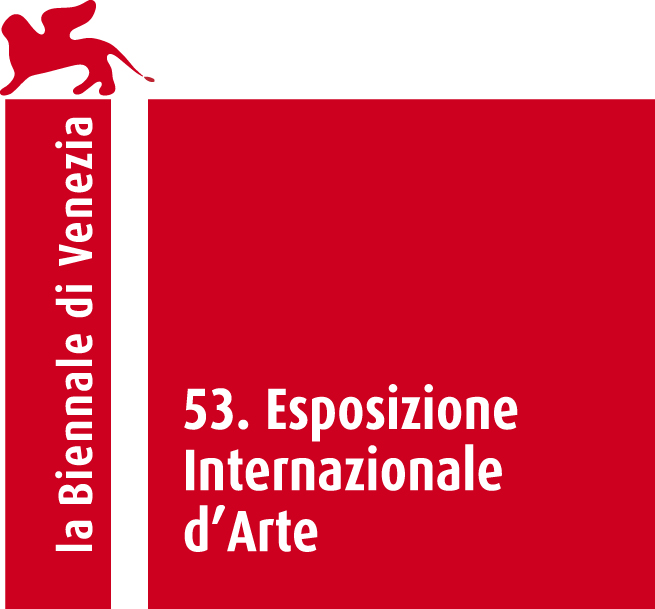
⊂ © ⊃
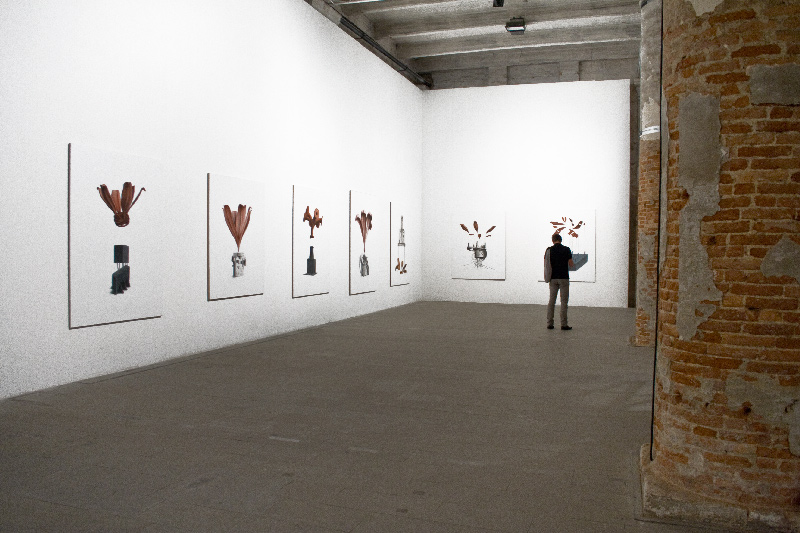
view
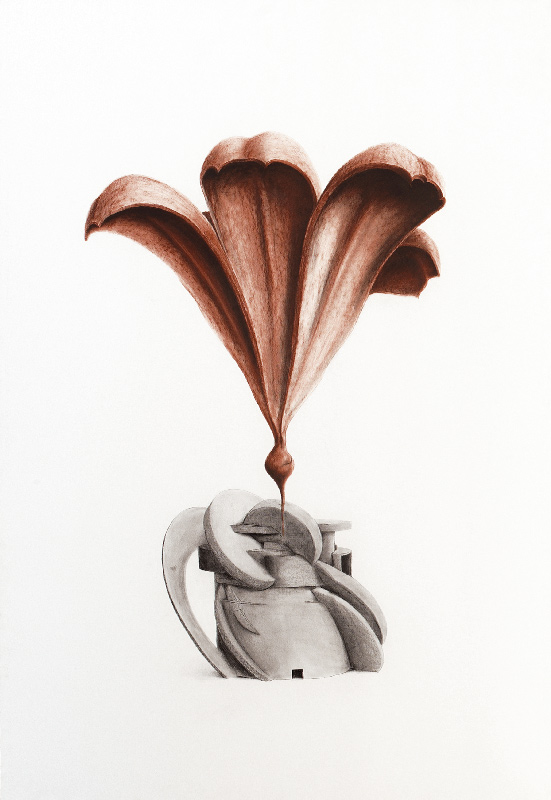
untitled, graphite and sanguine on lined paper, cm. 220x150
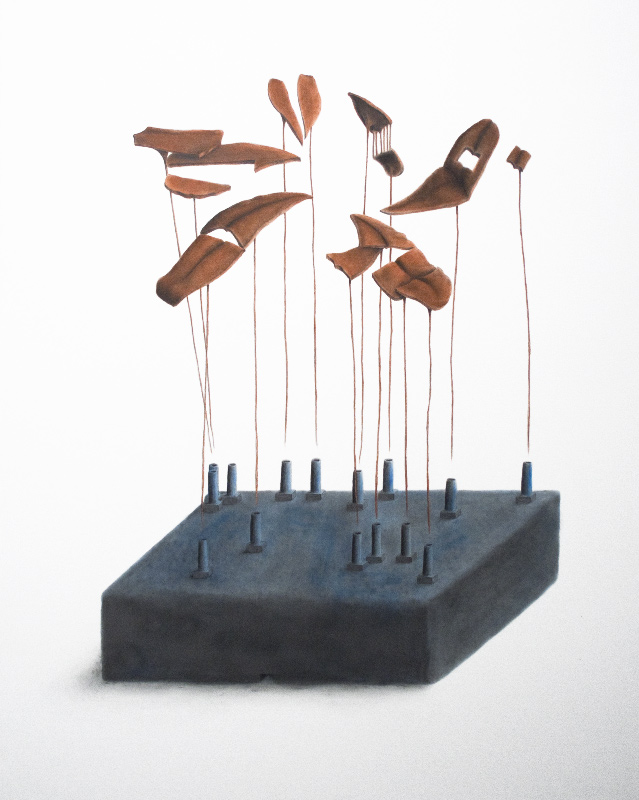
untitled, graphite and sanguine on lined paper, cm. x150

untitled, graphite and sanguine on lined paper, cm x150
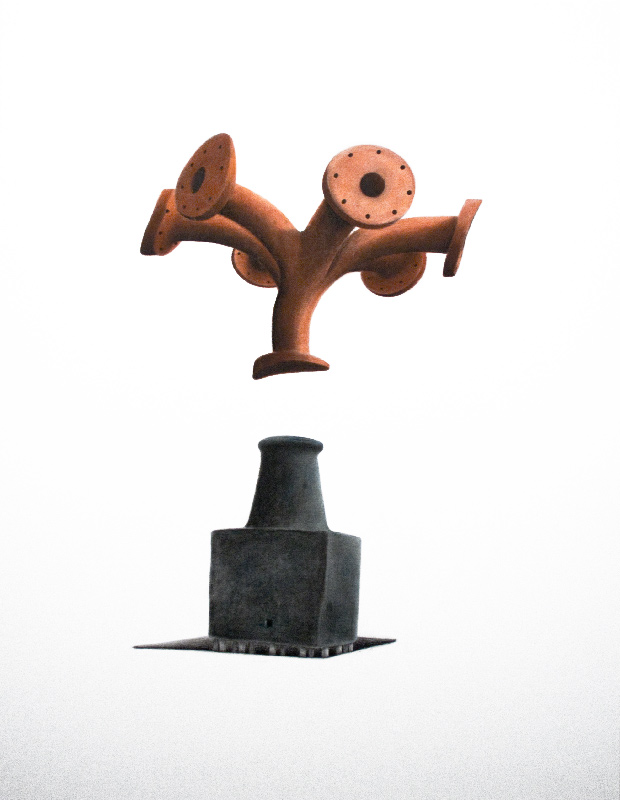
untitled, graphite and sanguine on lined paper, cm x150
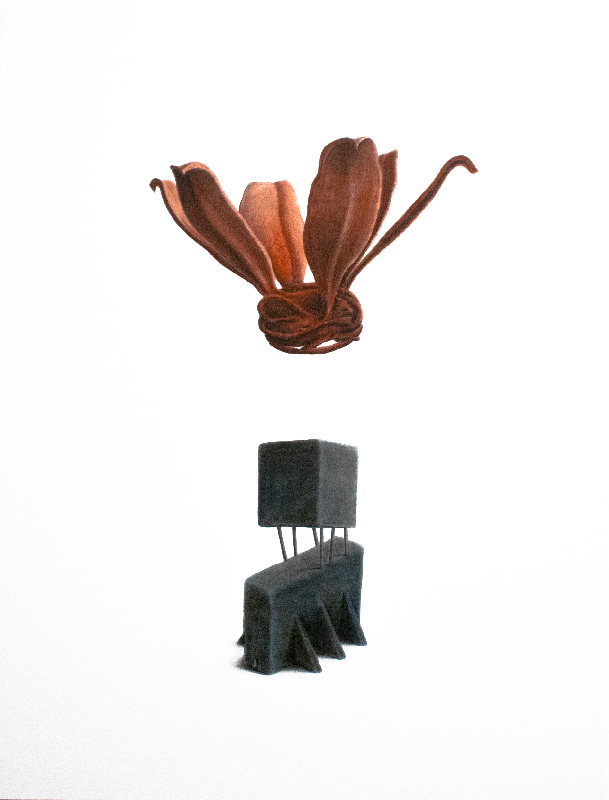
untitled, graphite and sanguine on lined paper, cm x150
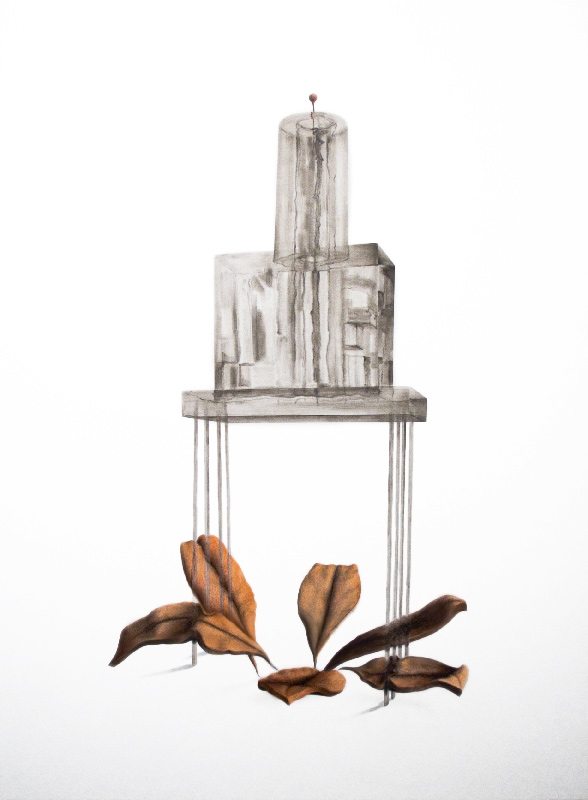
untitled, graphite and sanguine on lined paper, cm x150
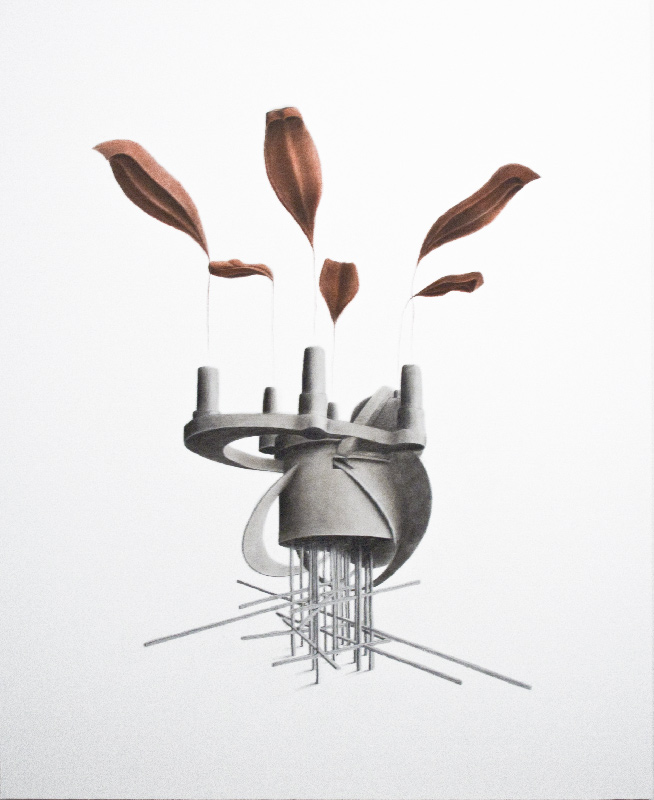
untitled, graphite and sanguine on lined paper, cm x150
The 53rd International Art Exhibition will not be divided into sections but instead weave a few themes into an articulated whole. A work of art is more than an object, more than a commodity. It represents a vision of the world, and if taken seriously it can be seen as a way of worldmaking. A few signs marked on paper, a barely touched canvas, or a vast installation can amount to different ways of making a world, and the strength of the vision is hardly dependent on the complexity of the tools brought into play.
There will be an emphasis on new work, and numerous projects will be produced on site, some of them collectively. Designs for a different society involving utopian architecture and alternative ways of being in the world will emerge in works in various media. The proximity to the processes of production will result in an exhibition that remains closer to the sites of creation and education (the studio, the workshop) than the traditional museum show, which tends to highlight only the finished work itself. Some of the works will represent worlds in the making.
In relationship to today's global visual industry and its demand for commodities, it seems relevant to emphasize that the experience of art is something that cannot be fully grasped in terms of possession. However, stressing the creative process and on things in the making will not exclude works in classical media. A second major theme in the fugue―contrapuntal perhaps―will be an exploration of drawing and painting.
A number of historical reference points will anchor the exhibition. These artistic roots are still active, productive. They give energy to the branches of the tree of art, and perhaps also to that which emerges today, to the "sprouts."
Daniel Birnbaum, October 2008